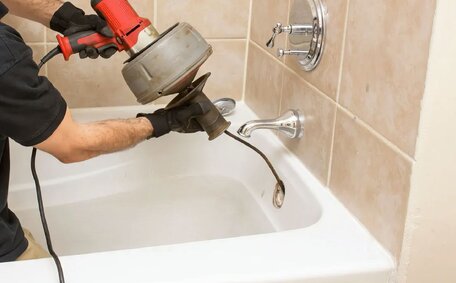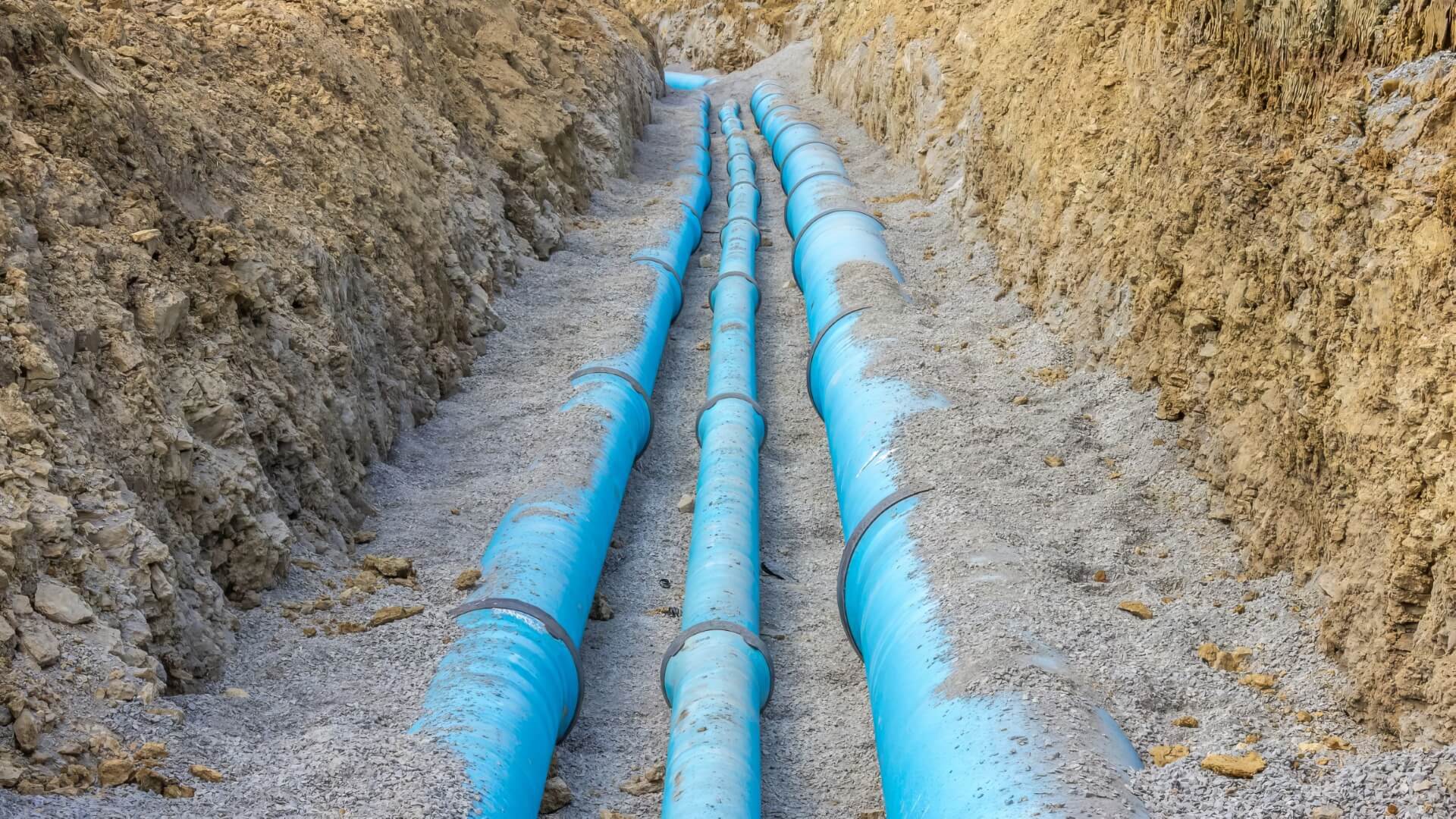Introduction: Who is Responsible for Blocked Drains in Rental Properties?
The issue of clearing blocked drains often leads to confusion between property owners and tenants about who bears the responsibility. This article will examine the obligations of both parties when it comes to maintaining the drainage system and resolving any disputes.
We will explore causes of blockages, detail the role of rental agreements in assigning responsibilities, preventive strategies, and the process for professional intervention when needed.
Crucial aspects to consider are the drain’s purpose, either for stormwater or sewage, ownership of the implicated pipes, and if misuse or defective infrastructure led to the blockage.
Understanding lease contracts, legal regulations, and proactive maintenance can save tenants and landlords time, money, and frustration with blocked drains. Our purpose is to define responsibilities clearly, enabling prompt resolution of issues or fair recourse when appropriate.
What Causes Blocked Drains and Who is Typically Responsible
Blocked drains in rental properties commonly result from:
- Accumulation of hair, food scraps, and debris in the home - Generally, it’s the tenant’s duty to prevent this by utilising drain covers and refraining from disposing of inappropriate items down the drain.
- Tree roots or plant intrusion - Usually the landlord’s responsibility to clear and maintain outdoor drainage pipes
- Faulty or damaged drainage infrastructure - The landlord’s responsibility unless damage was caused by the tenant’s actions
- Improper use of the sewage system, like flushing baby wipes - The tenant is typically liable for blockages from inappropriate items
Generally, tenants are responsible for internal drain upkeep while landlords take care of external drainage and sewer systems. If tree roots compromise internal plumbing, resolving the issue hinges on the tenant promptly notifying the landlord.
Lease agreements are pivotal, often specifying accountability for routine upkeep as opposed to significant repairs. Tenants should familiarise themselves with their lease to fully understand their maintenance obligations concerning drains and plumbing.
Blocked Drains Caused by Tenant Negligence
Tenants may be held liable for the costs of clearing a blocked drain if your actions were determined to be negligent, involved improper use of the plumbing services, or failure to uphold rental agreement obligations.
Common scenarios where a tenant would bear responsibility include:
- Flushing non-biodegradable items like wet wipes, sanitary products or cooking fat down sinks or toilets
- Allowing hair, food waste, or other debris to accumulate in kitchen sink drains due to lack of drain covers
- Disregarding early signs, like gurgling noises or slow drainage, could signal problems in the water system and quickly become severe.
- Damaging internal plumbing infrastructure through reckless behaviour can directly cause blocked drains and extensive damage
- Not informing the landlord promptly about suspected faults or issues can cause complications and delays in repair
From a legal standpoint, tenants are obliged to diligently maintain all drains inside their rental property. Under the Residential Tenancies Act, tenants might be liable if their negligence directly leads to or worsens blockages.
The lease agreement should also clearly detail tenant obligations concerning blocked drains. We advise carefully checking these terms so you understand responsibilities. Document any drainage problems at the start of a lease as well.
Although accidental blockages are possible, deliberate misuse or neglect of the plumbing system may allow landlords to claim repair costs. Being proactive is key to avoid disputes.
When Blocked Drains Fall Under the Landlord’s Responsibility
There are several key situations where clearing a blocked drain becomes the landlord’s legal responsibility:
- Issues with main sewer lines, Sydney Water managed stormwater drains or external drainage infrastructure on the property
- Blockages under concrete or in pipes inaccessible to tenants
- Emergency repairs needed to restore essential services like sewage drainage
- Pre-existing faults not disclosed before the lease commenced
- Damage from tree roots due to lack of preventative maintenance
Most residential tenancy legislations in Australia task landlords with keeping rental properties in good repair, which includes the drainage system. This generally includes being accountable for issues stemming from wear and tear, structural faults, or neglect of the wastewater system.
Tenants still hold duties around day-to-day drain care inside the house. However, landlords are usually accountable for swift repairs of major blockages due to piping defects or issues with outdoor drains. Costs cannot be passed to the tenant if the blockage has been caused by infrastructure failure.
Tenants should inform landlords in writing about any plumbing issues as soon as they arise. This documentation provides a clear paper trail for disputes regarding who is responsible for repair costs.
The Importance of Rental Agreements in Determining Accountability
Rental agreements play a crucial role in delineating accountability when it comes to blocked drains in leased properties. They stipulate obligations around maintenance and repairs for landlords and tenants.
Standard lease contracts will often contain specific clauses outlining who is responsible for aspects like:
- Clearing blockages in internal sinks, basins and toilet systems
- Maintaining outdoor drainage infrastructure and sewer lines
- Preventative measures like installing drain covers
- Damage from tree roots or plant intrusion
Ambiguities in the agreement can lead to disputes over who should foot the bill for drain repairs. While local tenancy laws offer a foundation, the contract specifics determine the legal grounds for resolving disputes.
We recommend landlords and tenants scrutinise any clauses related to drainage, plumbing, or sewage when signing the lease. Key things to check for include:
- Mention of existing faults to be recorded
- Regular maintenance expectations
- Liability for different blockage locations
- Emergency repair provisions
- Recourse options like dispute resolution
Taking photos during inspections can serve as documentation of pre-existing conditions. Vague obligations can lead to liability claims for parties who failed to address known issues or risks.
Clear and equitable lease terms serve to safeguard tenant rights and landlord interests against future negligence. This enables faster resolution when fixing blocked drains is necessary.
Dispute Resolution: Getting Blocked Drains Fixed
If a dispute arises over who is responsible for blocked drain issues between a landlord and tenant, there are steps both parties can take to help get the issue resolved promptly and fairly:
- Review the rental agreement together and verify any relevant clauses about maintenance obligations or procedures for repairs. This can clarify responsibilities.
- A joint inspection with qualified plumbers can help ascertain the cause and location of a blockage. Document this with photos.
- Obtain quotes from our team of experts to confirm repair costs and options.
- Contact NSW Fair Trading for advice about dispute resolution pathways and your rights/responsibilities regarding plumbing maintenance under tenancy laws.
- Enter into good faith mediation to negotiate a fair split of repair costs if liability seems ambiguous or shared. Be willing to compromise.
- In complex cases, it’s advisable to seek legal counsel for tribunal or court action to recover costs if mediation is unsuccessful. Have evidence ready.
The landlord is ultimately responsible for arranging necessary repairs to a drain blocked once they have accepted liability or been ordered to fix issues. For urgent blocked sewer issues, neither party should delay getting a plumber organised, despite pending disputes over payment.
Tenants in NSW may apply to NCAT for orders requiring landlords to conduct repairs if prompt resolutions fail. NCAT can also adjudicate cost recovery where faults existed at the start of a lease. We advise keeping written records of all drainage issues to support your case if ending up at the tribunal.
Open communication and a pragmatic focus on safe, functional solutions serve all parties best when issues arise. Understanding legal obligations as well as insurance options can make navigating disputes easier too.
Prevention Tips for Landlords and Tenants to Avoid Issues
Both landlords and tenants play an important role in preventing blocked drain issues. Here are some useful tips:
For Landlords:
- Arrange regular inspections and drain cleaning maintenance, including cctv checks for tree root infiltration
- Ensure proper stormwater drainage infrastructure is installed on your property with drain covers to capture debris
- Keep the area around sewer drains clear, employing protective mesh to guard against blockages caused by foliage
- Landlords should disclose all known plumbing issues to tenants upfront in the lease agreement.
- Choose hardy plants and trees unlikely to interfere with drainage pipes
- Proactively seal pipe cracks and address early signs of leaks
For Tenants:
- Avoid pouring fats or harsh chemicals down drain, as this practice can precipitate serious blockages
- Use drain strainers in sinks and clean them regularly
- Limit items flushed down toilets to bodily waste and toilet paper
- Report any gurgling noises or slow drain your to your landlord promptly
- Understand your lease obligations around plumbing maintenance
- Consider taking out tenants insurance to assist if disputes arise
By establishing clear responsibilities, proactively maintaining infrastructure, ensuring drains can function optimally and communicating issues early, landlords and tenants can work collaboratively to prevent troublesome and costly blockages from occurring.






